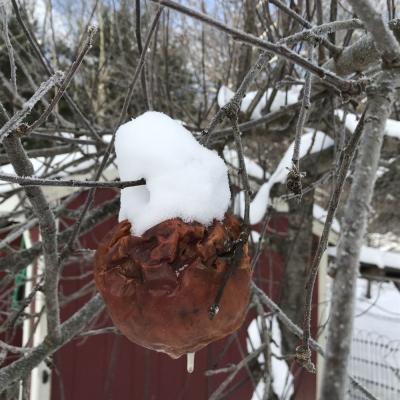which trees cope best with heavy snowfall or ice loading?
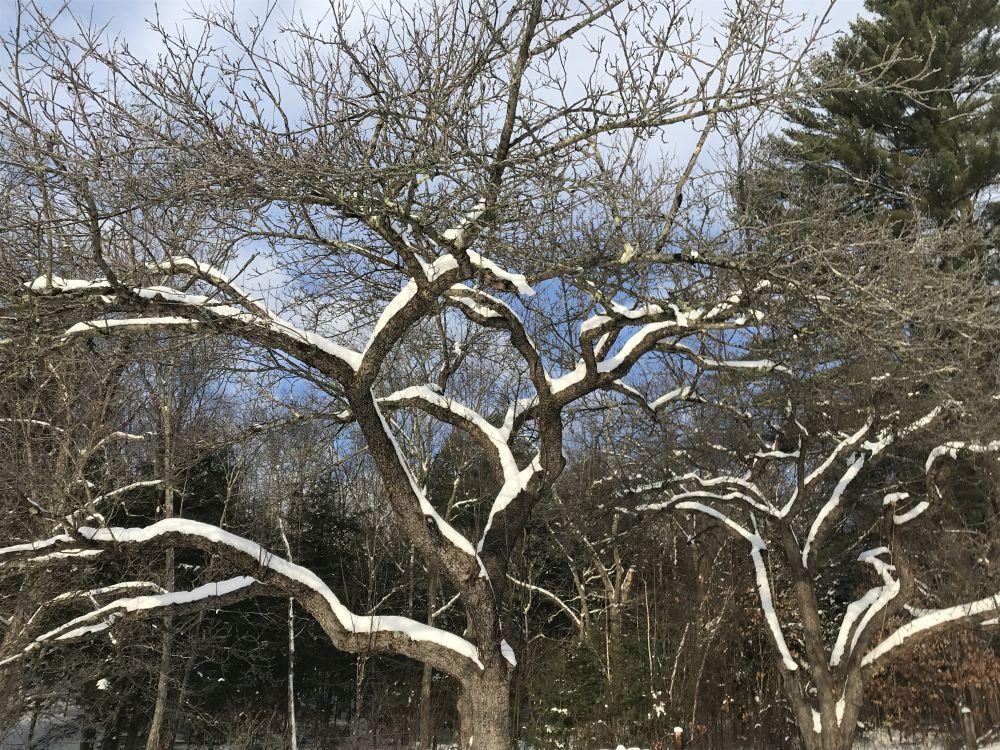
When snow and ice return, tree branch architecture makes a difference.
Winter precipitation often includes heavy wet snow or freezing rain and trees must endure the weather. Despite what Sci-Fi or Fantasy authors might imagine, trees can’t lumber away to a more hospitable climate. Winter coping strategies vary by species. Some trees are simply better adapted than others. The same might be said of NH’s human residents.
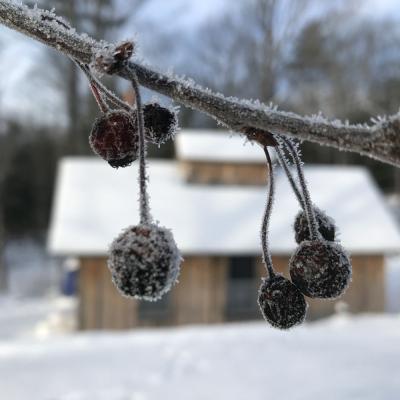
How do trees survive harsh northern winters?
Like any living thing, trees have adapted over time to deal with the wide range of environmental conditions thrown their way. In this case, freezing rain, ice-loading, or heavy wet snow. Trees that are not adapted to survive periodic ice loading simply don’t live here. We don’t find trees which can’t cope with heavy snow and ice storms in New Hampshire. Southern trees struggle to survive in northern climates. Trees that lose their leaves entirely or feature thick waxy coatings over thin fine needles compete more successfully than broadleaved evergreens like laurels or rhododendrons.
Some cone-bearing trees like pine, spruce and hemlocks fold their branches to shrug off snow. Conifers limbs tend to flex to release snow loads and spring back upward. Other trees like red and white oaks or sugar maples stand rigid and inflexible. Broad-beamed mature oaks and maples exhibit a lower scaffold of heavy stout branches, an architecture less prone to breaking. On the other hand, supple upper branches with narrow “v-shaped” crotches of beech and red maples tend to break apart under heavy ice loads dumping wreckage onto roads and lawns and powerlines.
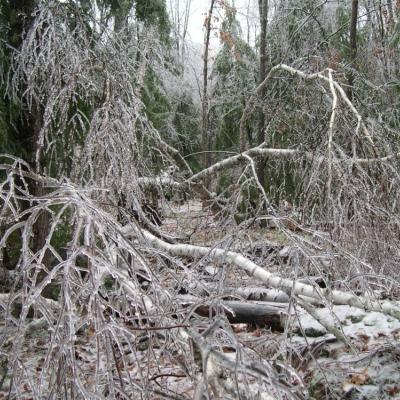
Bend - Don’t Break.
Trunks of white birch aka “paper birch” famously bend under the weight of ice and may remain bent forever. White birch is our official NH State Tree. What does that say about our State? I like to think we endure adversity and persevere and continue to grow, even if afterward, perhaps, we exhibit a kind of bent look ourselves from surviving decades of northern winters?
Our northern deciduous trees lose leaves in winter from experience. Broad flat leaves with tiny pores leak moisture. During spring, summer and early fall this drives the upward movement of water from soil into the atmosphere via transpiration. In winter, liquid water isn’t available in the soil and plants losing water would quickly dry out in the cold. Shedding leaves is primarily an adaptation to cold temperatures to avoid drying out but the reduction in surface area of bare branches also limits the potential to carry the excess weight of accumulating ice and snow. Weight stressed limbs during heavy wet snow and sticky ice storm build-up creates more broken branches.
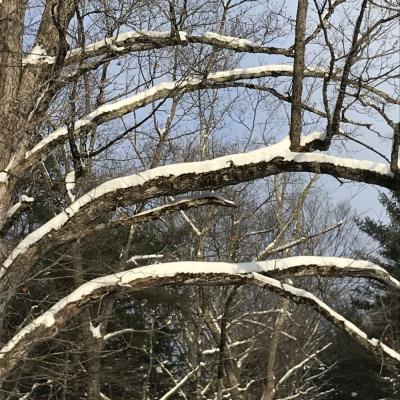
We see more tree damage during early snowstorms in the late autumn when trees retain some leaves. A heavy, wet snowfall at higher elevations during the “Halloween Surprise” storm hit deciduous trees harder than any comparable heavy snowfall in January.
Some NH tree species tend to retain their leaves into early winter, particularly when they are young. Botanists call these trees “marcescent.”
"Marcescent" - adj. (of leaves or fronds) withering but remaining attached to the stems.
The more marcescent trees in NH are oaks and beech and occasionally young sugar maples. Typically, these younger saplings hold their leaves longer than more mature stems. These tree species first appeared relatively more recently in the post-glacial pollen record as recorded in the peat deposits of bogs or the muddy sediments of ponds and lakes. Pollen in sediments reveal these newcomers arrived approximately 4-5,000 years ago.
The ancient relatives of oaks and beech trees originated in the tropics. Some scientists speculate they haven’t lived in the north long enough to respond as quickly to the autumnal fading light and colder temperature cues that it is time to lose their leaves. Northern trees that have been here for relatively longer time periods – birches, poplars, red maple and ash - have adapted to lose leaves quickly. Later arrivals - oaks and beech- have not. They exhibit their tropical family affinities in their propensity to hang onto their leaves into the winter. Other botanists speculate that retained leaves may afford some modest protection to the lower branches from browsing by forest herbivores – deer and moose.
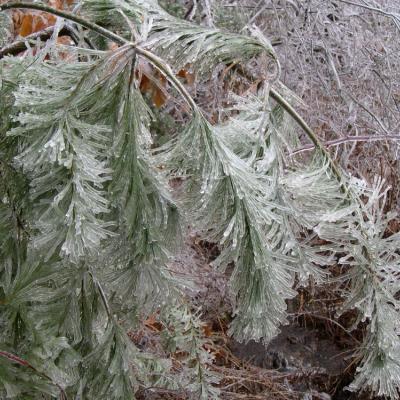
Conifers – like an umbrella
The more common Evergreens in NH include varieties of pine, hemlock, spruce and firs. Conifers retain approximately 80% of their needles each winter. A thick waxy coating helps the needles retain moisture. Yet heavy, wet snow loading could naturally become an issue. Evergreen conifers are named for their reproductive “cone-bearing” trait (rather than flowers). It is also true that having a cone-shaped silhouette helps conifer branches to fold down like the ribs of a closing umbrella against the trunk to shed the weight of snow. Sticky freezing rain is not as easy as dry snowfall to shed so ice loading builds-up even on downward folded limbs that tear off the trunk or snap. The evergreen advantage in snow does not apply during more-frequent ice storms we now seem to experience. You’ve likely witnessed lawns and roads littered with pine limbs or experienced power outages when ice-crusted limbs contact utility lines.
When it comes to heavy frozen precipitation, "The Muppets" front-man, “Kermit The Frog” had it right: “It’s not easy being (ever-)green.”
